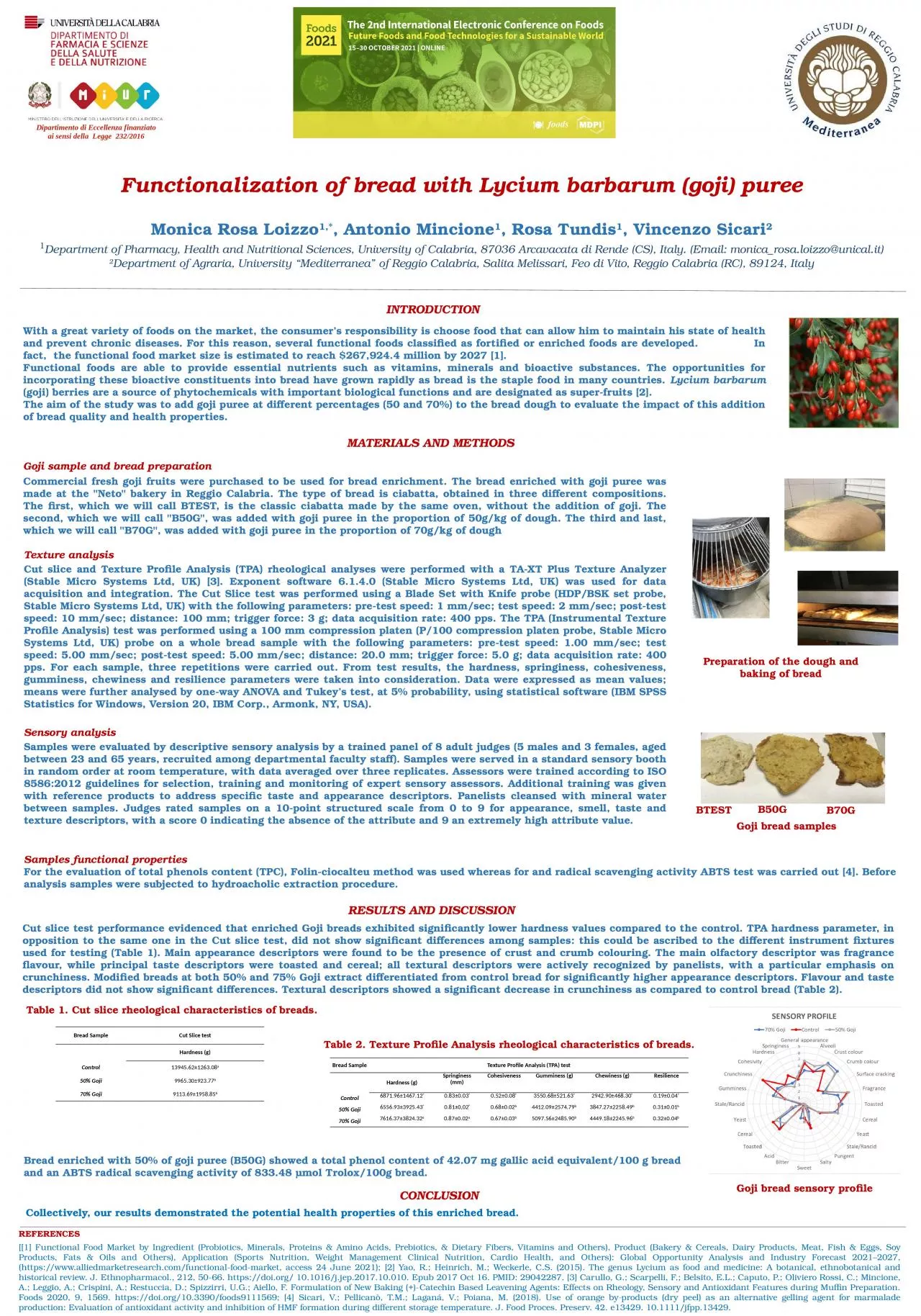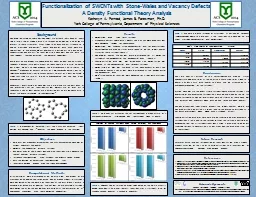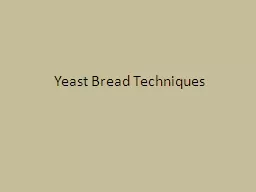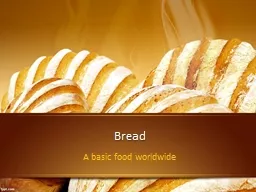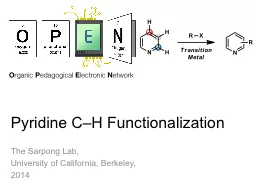PPT-Functionalization of bread with
Author : skylar | Published Date : 2024-03-15
Lycium barbarum goji puree Monica Rosa Loizzo 1 Antonio Mincione 1 Rosa Tundis 1 Vincenzo Sicari 2 1 Department of Pharmacy Health and Nutritional
Presentation Embed Code
Download Presentation
Download Presentation The PPT/PDF document "Functionalization of bread with" is the property of its rightful owner. Permission is granted to download and print the materials on this website for personal, non-commercial use only, and to display it on your personal computer provided you do not modify the materials and that you retain all copyright notices contained in the materials. By downloading content from our website, you accept the terms of this agreement.
Functionalization of bread with: Transcript
Download Rules Of Document
"Functionalization of bread with"The content belongs to its owner. You may download and print it for personal use, without modification, and keep all copyright notices. By downloading, you agree to these terms.
Related Documents

